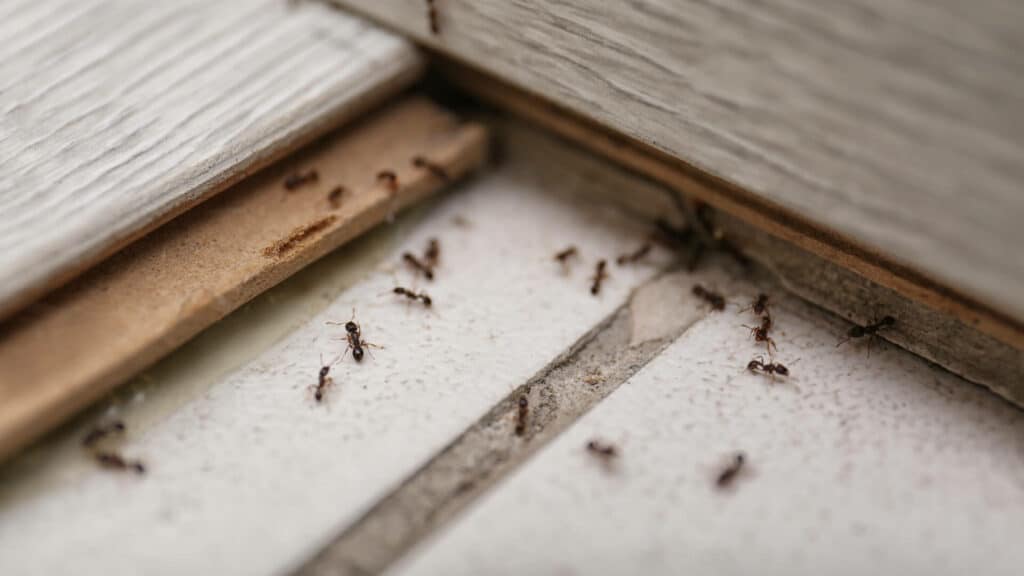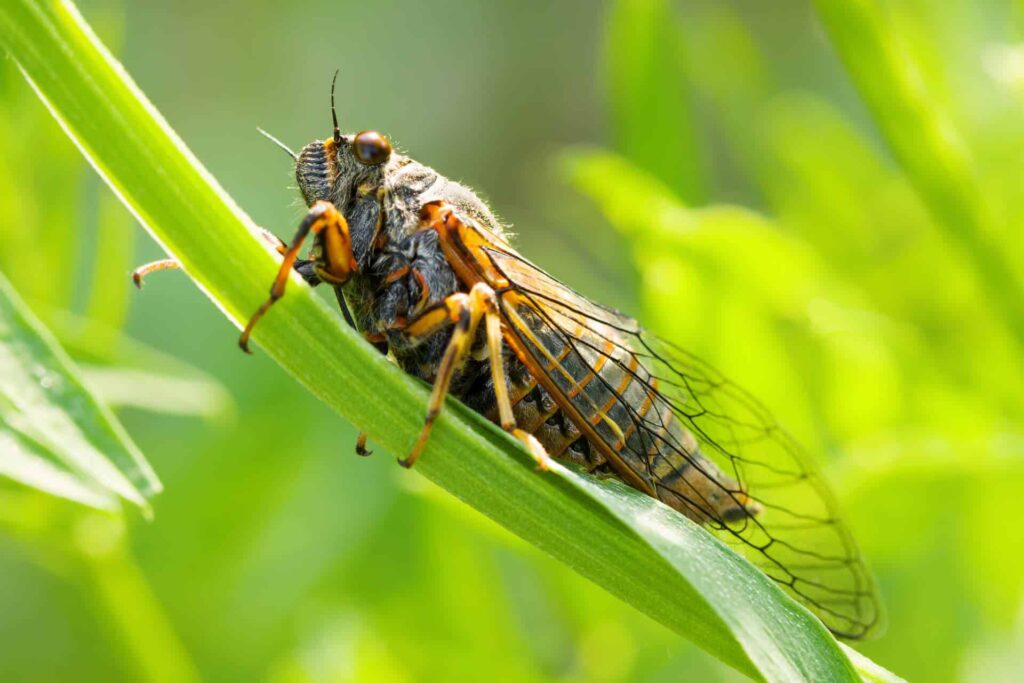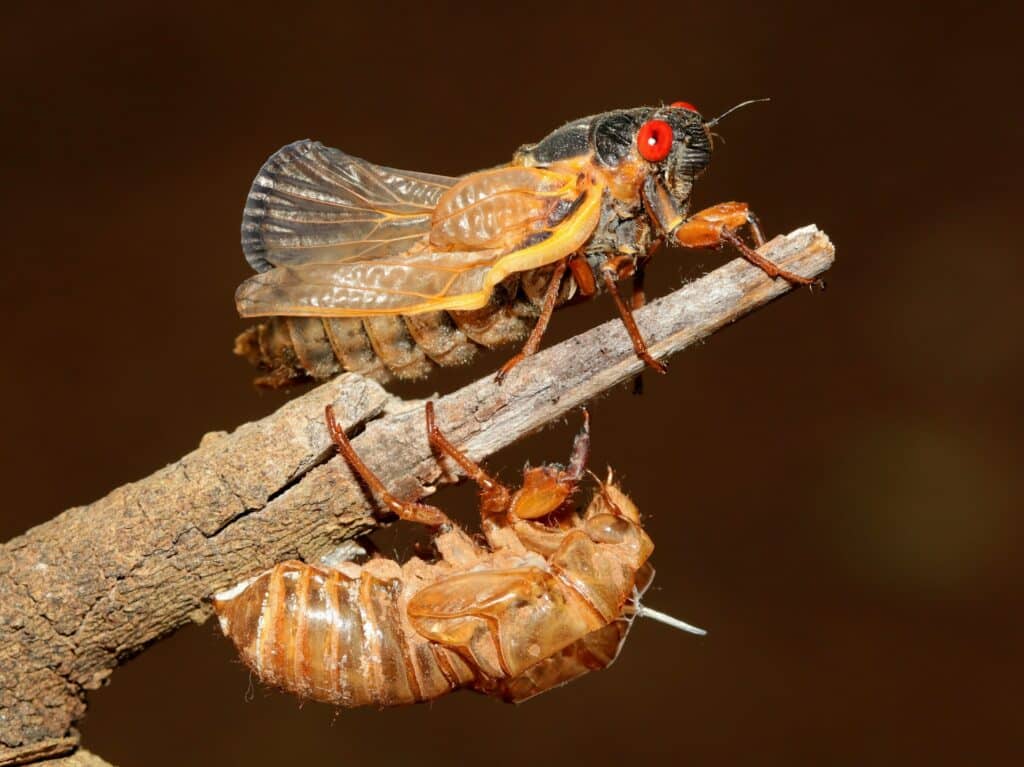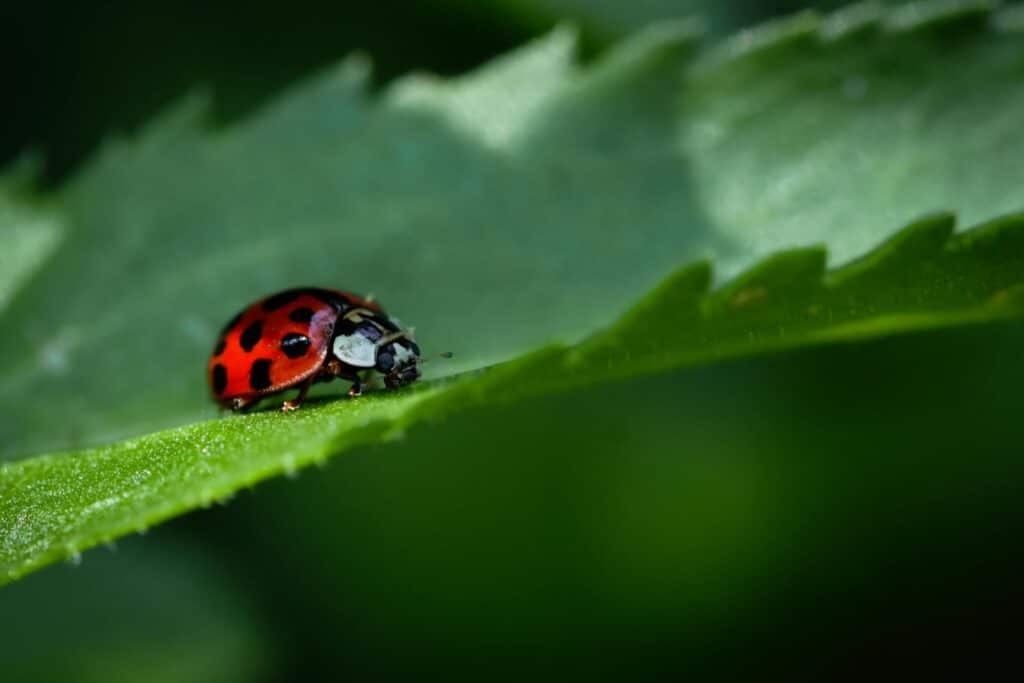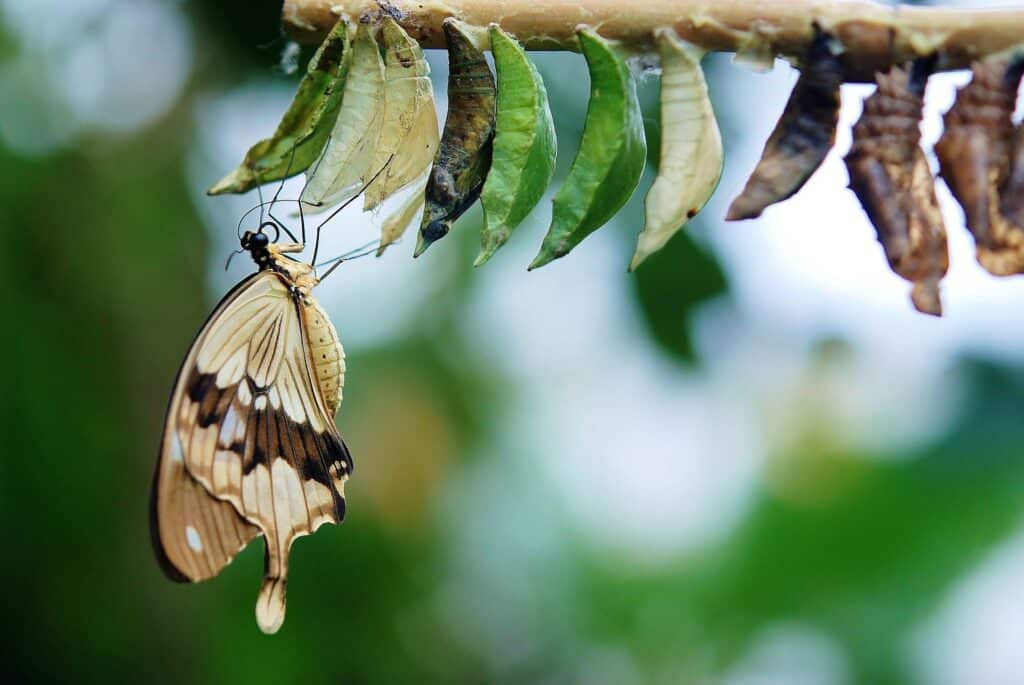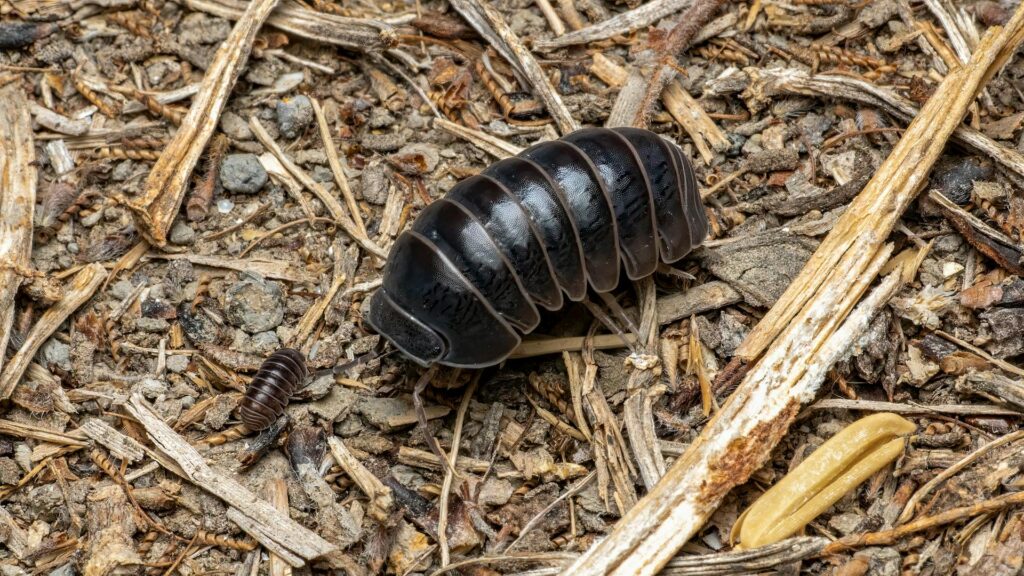Silverfish nests can be tricky to spot since these pests prefer dark, damp environments and tend to stay hidden until their population grows large enough to notice. If you’re seeing silverfish regularly in your home, there’s likely a nest nearby. Understanding how to recognize their hiding spots and signs of activity can help you identify an infestation before it becomes severe.
What Are Silverfish?
Silverfish are small, wingless insects with a distinct silvery, metallic appearance and tapered bodies that make them easy to identify. They’re quick movers and most active at night when you’re less likely to spot them. These pests love to feed on starchy materials such as paper, fabric, and glue, which is why they’re such a common problem in many homes.
You’ll often find silverfish thriving in humid areas with plenty of food sources nearby. They frequently appear in basements, bathrooms, and attics where moisture levels are higher. Because silverfish can reproduce quickly, even seeing just a few might indicate a larger infestation hiding in your walls or under your floors.
What Does a Silverfish Nest Look Like?
Unlike other pests that build traditional nests, silverfish create gathering areas where they reproduce and hide. These sites are typically dark, humid, and undisturbed spots in your home. When you find a nest, you might notice:
- Silverfish of various life stages clustered together
- Shed skins from growing silverfish
- Fecal matter that looks like small black pepper flakes
- Yellowish stains on nearby surfaces
- Small feeding holes in paper, fabric, or cardboard
Because silverfish don’t build structured nests like birds or rodents, you’ll usually detect their presence through signs of activity rather than finding an actual nest structure.
Where Silverfish Nest
Silverfish like to nest a number of areas throughout your home. Here are some spots where you are most likely to find a nest.
Inside Wall Voids and Baseboards
You’ll want to check for silverfish hiding in cracks, crevices, and spaces behind your walls. They prefer quiet, undisturbed areas where humidity levels stay consistent. If you notice silverfish emerging from small openings near your baseboards, they might have established a nest inside your walls.
Under Sinks and Near Plumbing Fixtures
Since moisture attracts silverfish, your kitchens, bathrooms, and laundry rooms make ideal nesting spots for these pests. Pay special attention to areas with leaky pipes or condensation, as these provide the damp conditions silverfish need to survive.
Cardboard Boxes and Stored Papers
Because silverfish feed on cellulose found in paper products, books, and cardboard, they’re often drawn to storage areas. Check your stored newspapers, magazines, and old documents carefully, as attics, garages, and storage closets with piles of paper create perfect hiding places.
Behind Appliances and Furniture
Areas that tend to collect dust and humidity, such as the spaces behind refrigerators, ovens, and furniture, are particularly attractive to silverfish. These locations provide both shelter and protection from predators while maintaining the moisture levels they need.
Inside Closets and Drawers
Clothing, fabric, and linens that are stored for long periods can become infested with silverfish. You’ll want to pay special attention to items made of wool, silk, and cotton, as silverfish particularly enjoy feeding on these natural fibers.
Signs of Silverfish Activity
There are some very clear signs that you might be dealing with a silverfish nest and infestation. Here are some indications that you might need to contact a professional pest control service.
Shed Skins and Droppings
As silverfish grow, they shed their exoskeletons. Finding small translucent skins in hidden areas can be a clear sign of an infestation. Their droppings look like tiny black specks and are typically found near their feeding areas.
Irregular Holes in Paper and Fabric
Silverfish chew through paper, wallpaper, and fabric, leaving behind irregularly shaped holes. If your books, stored documents, or clothing show signs of this type of damage, you might have a silverfish problem.
Yellowish Stains on Surfaces
These pests often leave behind yellowish stains and residue where they nest. Look for these marks on paper, books, or areas where you suspect they might be feeding.
When to Take Action with Professional Pest Control
Silverfish hiding places can be particularly difficult to locate due to their preference for dark, secluded spaces. If you continue to see signs of silverfish despite your efforts to reduce moisture and clutter, it’s time to get expert help.
Our pest control experts can provide a thorough inspection of your home to identify all potential silverfish nesting sites and create a comprehensive pest and silverfish treatment plan. Get a free quote today to learn how we can help eliminate your silverfish problem and prevent future infestations.
